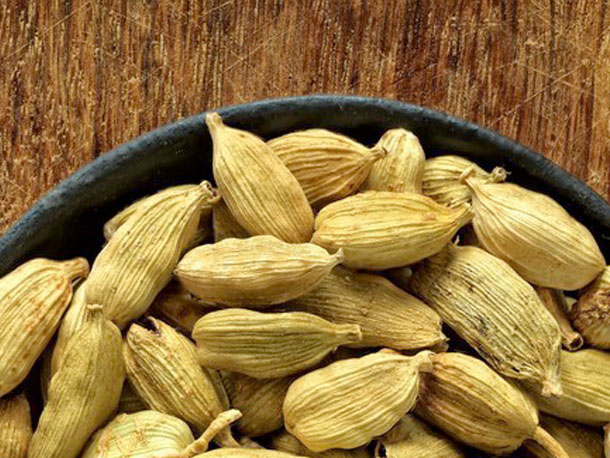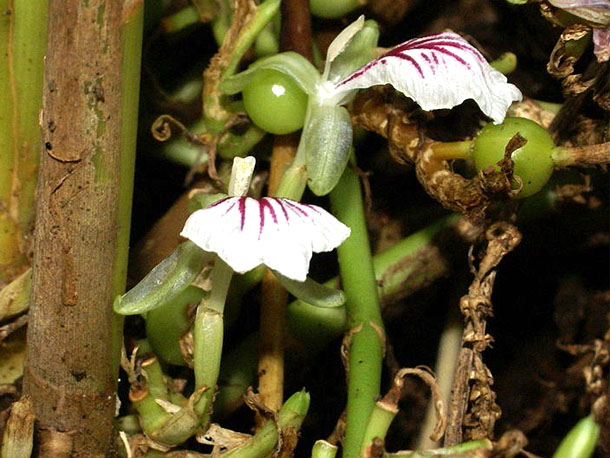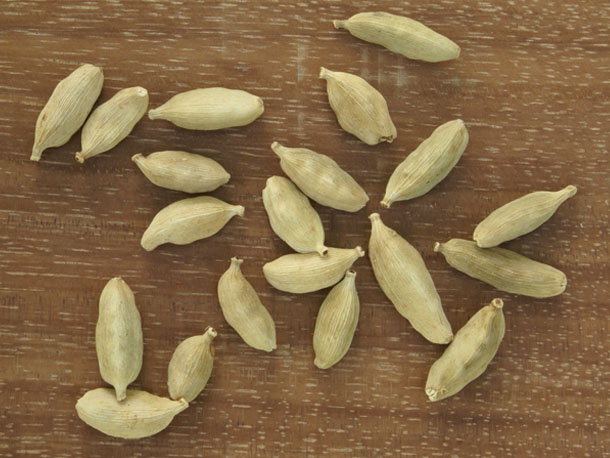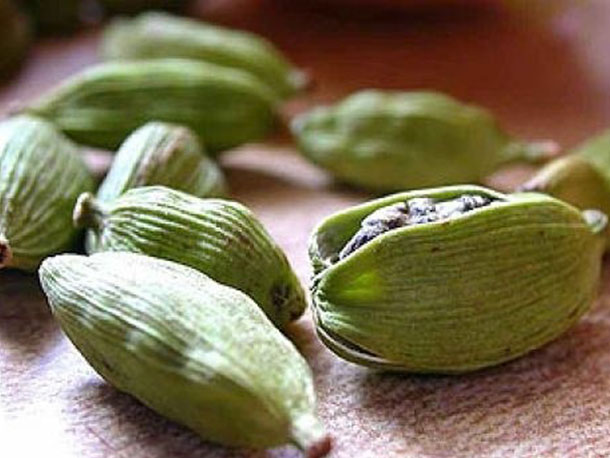India expects lower crop of cardamom due to lack of rain
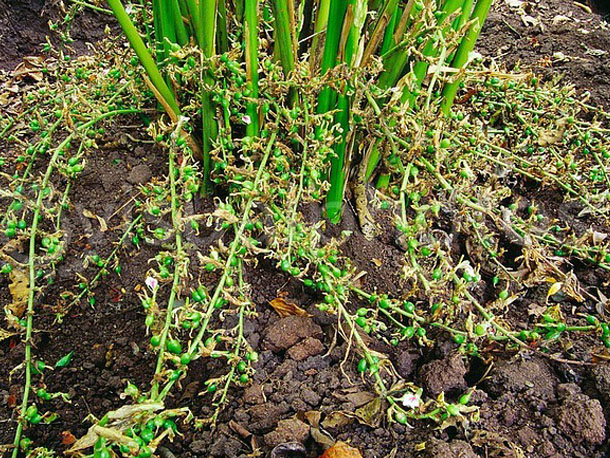
INDIA’S 2012 cardamom output is expected to be lower than that of last year due to the current severe lack of rains which looks set to adversely impact the next set of pickings in September.
Typically, there are three to four pickings made from India’s cardamom crop over the course of the year.
Mamta Ruparel of Mumbai company Emperor Akbar Green Cardamoms.”We are at the end of the season now and we are expecting the next chunk of fresh crop to be coming in by September. Because of the rains being low, this year the crop may not be as big as last year.”
Ms Ruparel explained that she was anticipating a total Indian crop of around 16,000 tonnes against more than 19,000 tonnes in 2011.
This, along with increasing domestic demand, was helping to underpin Indian cardamom prices, with top grades at around $23.75 per kg.
Shift in buying patterns
In a July 27 market report, Emperor Akbar observed that traditionally, it was the higher grades of Indian cardamom that were mostly exported while the country’s domestic markets consumed the lower grades. However, this pattern had shifted towards more use of the higher grades in the domestic markets, and this was being reflected by prices.
Although internal offtake was rising, India still maintained its cardamom exports at a range of 70 to 80% of the total output, Ms Ruparel noted.
She confirmed that despite other market sectors – such as textiles – complaining of declines in Middle East business due to political instability in the region, Indian cardamom sales were holding strong, benefiting from the Ramadan period. This offtake included Saudi Arabia, Kuwait, the United Arab Emirates (UAE) and Dubai.
Asked whether the firm prices might discourage some buyers, Ms Ruparel said: “I don’t think the high prices would deter on a major level the demand. The main consumption of the crop is for regular use, it’s not something that is used once in a while.”
Nevertheless, Emperor Akbar was keen to explore potential new areas for growing sales, such as the UK, she explained.
Indeed, Ms Ruparel was talking from Emperor Akbar’s stand at the Flavours of India market and exhibition, held at Southbank Centre Square earlier this month.
She acknowledged that cardamom was already well known to the Asian population in the UK and said that Emperor Akbar was keen to spread the message to more UK consumers.
“We are already in talks with distributors, because that is what would help us enter the supermarkets. That is what we have done in Dubai and the UAE,” Ms Ruparel said.
She observed that Indian cardamom was preferred over that from rival producer Guatemala by those favouring a stronger flavour profile, while Guatemalan cardamom suited those looking for a higher volatile oil content.
Guatemalan cardamom tended to have the stronger green colour of the two origins. “We have been told they put a layer of wax on their cardamom because cardamom is a very light sensitive crop. As it is exposed to light it turns yellowish and when this happens it looks old, but we leave ours natural,” Ms Ruparel said.
In its latest report Emperor Akbar observed that new crop arrivals were showing a high degree of moisture and the colour of pods faded very quickly. “This new crop arrival has very little weight, indicating that the pods are still quite immature. This is because of the delayed and inadequate rainfalls in June and July. We saw that good quality stocks from the old crop were being liquidated by players at a high premium,” it added.
The company also recalled that last season there had been still been carryover stock at the season’s end in August, but warned that this was unlikely to be the case in August 2013.
It added: “We expect that this year, the prices will start at high levels and will be supported by domestic and international markets even in the peak season until December/January 2013.”


